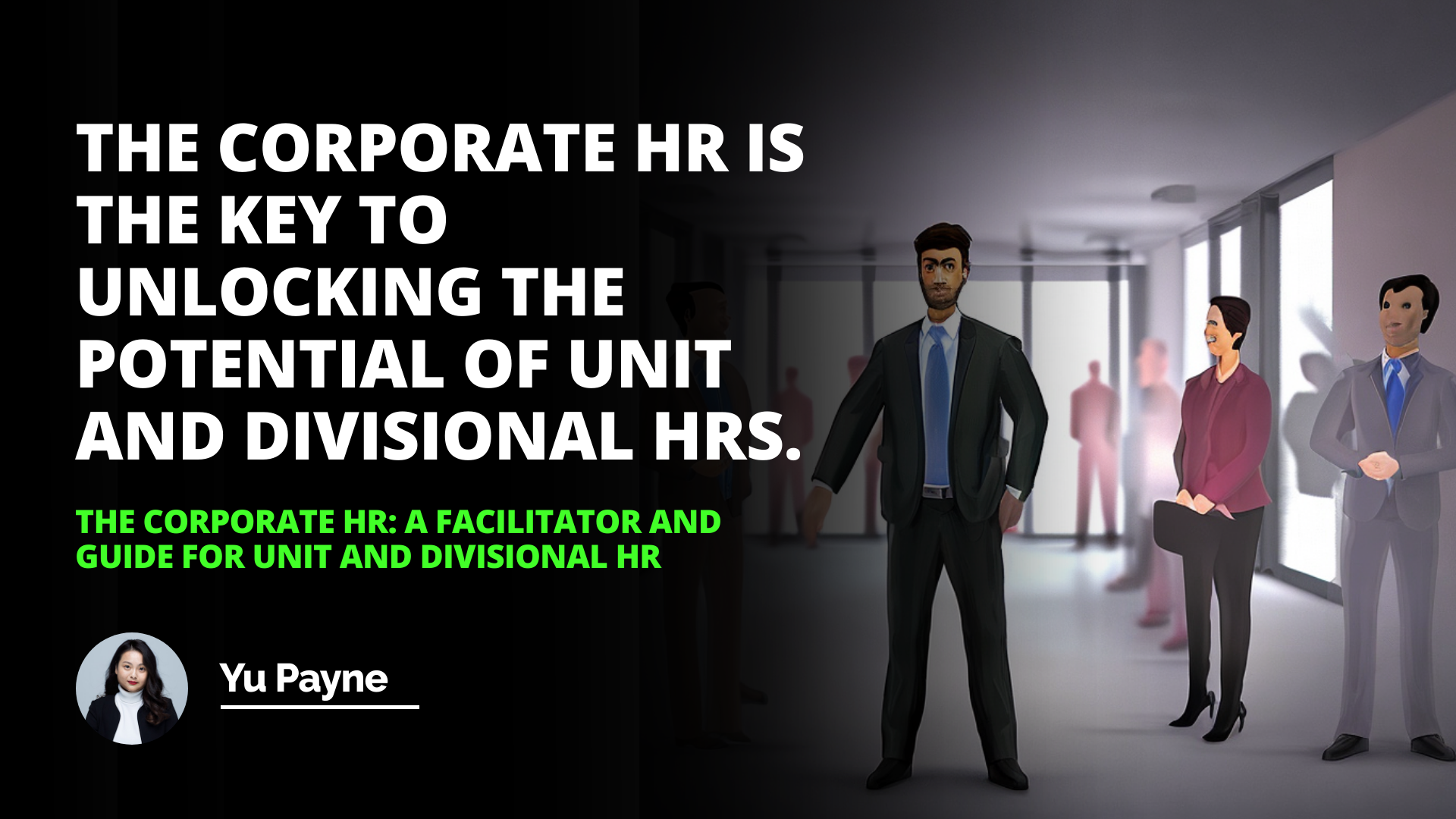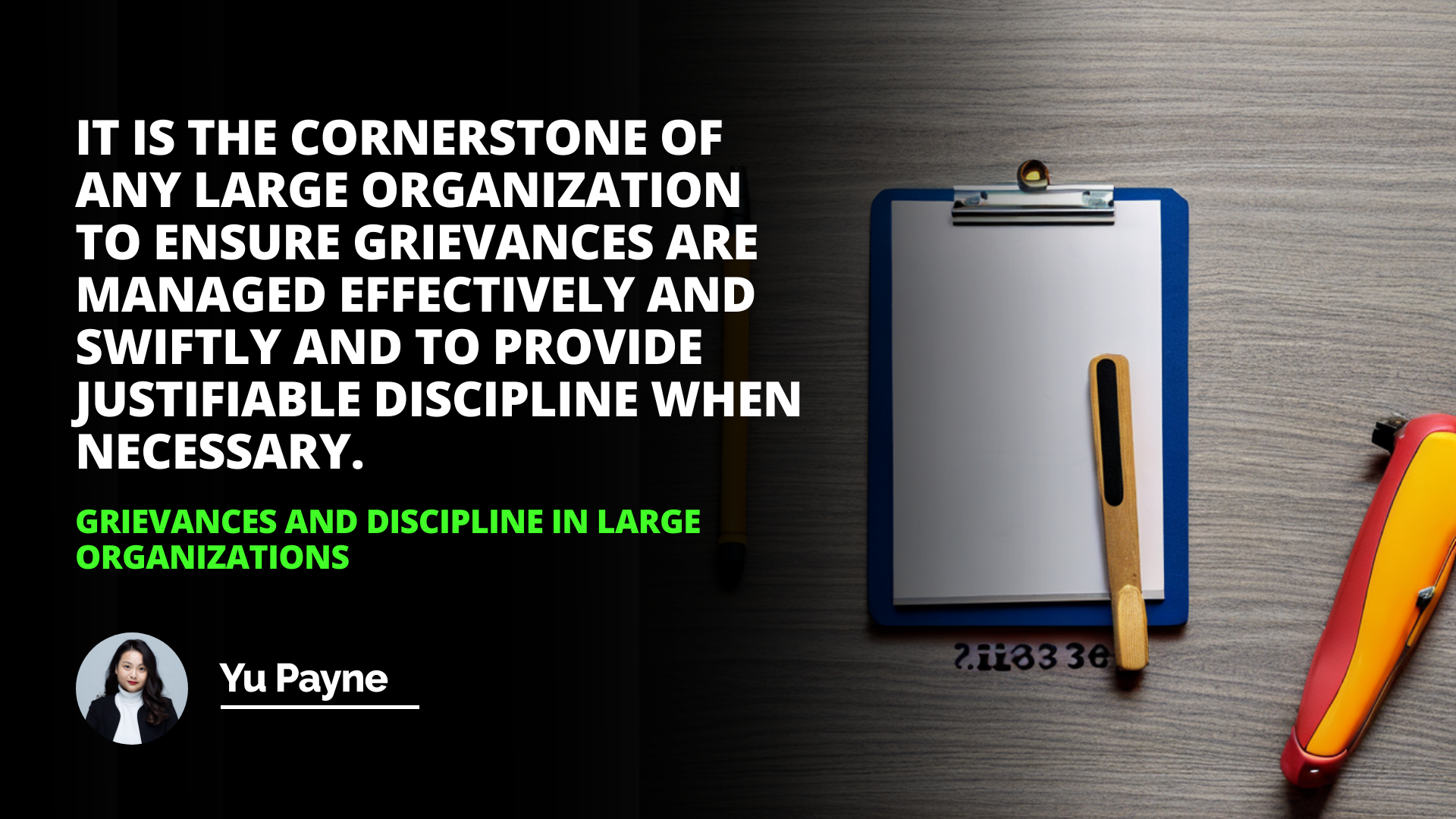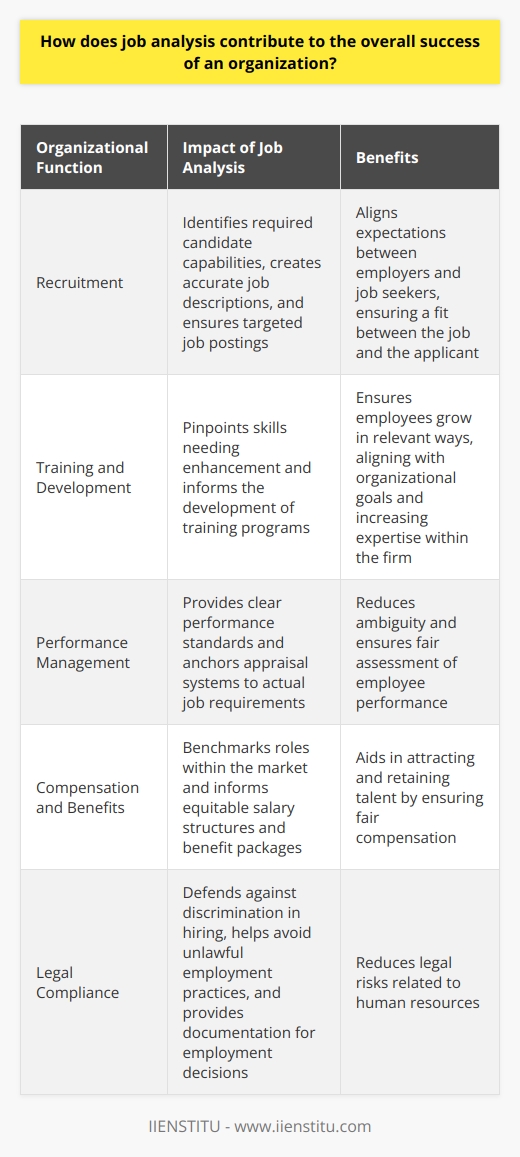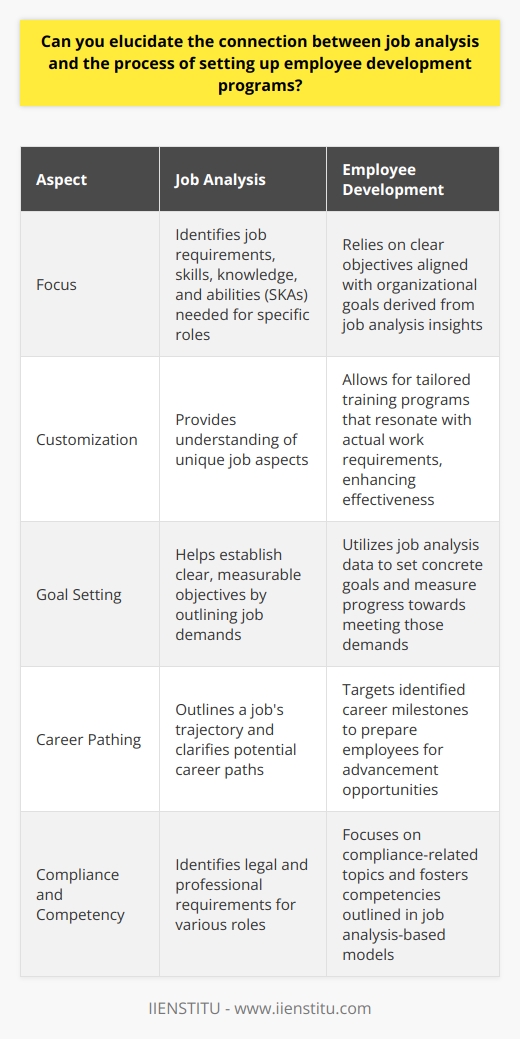As someone who has spent over a decade in Human Resources, I can confidently say that job analysis is the cornerstone of effective HR management. It's like the foundation of a house - without a solid job analysis, everything else in HR becomes shaky. I remember when I first started in HR, I underestimated the importance of thorough job analysis. Boy, was that a mistake! Let me take you through the ins and outs of job analysis and share some hard-earned wisdom along the way.
Understanding the Concepts
Job analysis is more than just a fancy HR term - it's a systematic process of collecting and analyzing information about the content, context, and human requirements of a job. Think of it as creating a detailed blueprint of a role within an organization.
When I first tackled job analysis, I often confused it with job descriptions and job specifications. Let me clear that up for you:
Job analysis is the process of gathering all the relevant information about a job.
A job description is the output of that analysis - it's a written statement of what the jobholder actually does, how they do it, and under what conditions.
A job specification outlines the qualifications, skills, and experience needed to perform the job effectively.
I once made the mistake of using these terms interchangeably in a meeting with senior management. The confused looks I got taught me a valuable lesson about precision in HR terminology!
What information is included in a job analysis?
A comprehensive job analysis covers a wide range of information:
Tasks and responsibilities
Knowledge, skills, and abilities required
Physical demands and working conditions
Tools and technology used
Reporting relationships
Decision-making authority
Performance standards
I remember analyzing a warehouse manager position once. I thought I had covered everything until I realized I'd completely overlooked the physical demands of the job. Always remember to consider every aspect of the role!
Job Analysis Methods
There are several methods for conducting job analysis, each with its own strengths and weaknesses. Let's dive into them:
Observation Method: This involves watching employees perform their jobs and taking detailed notes.
Advantage: Provides firsthand, objective information
Disadvantage: Can be time-consuming and may make employees uncomfortable
Interview Method: Involves talking directly with employees or their supervisors about the job.
Advantage: Allows for in-depth exploration of job duties
Disadvantage: Can be subjective and time-consuming
Questionnaire Method: Uses structured surveys to gather information from employees.
Advantage: Can gather data from a large number of employees quickly
Disadvantage: May not capture nuances of the job
Work Sampling: Involves observing employees at different points in time.
Advantage: Provides a representative sample of job duties
Disadvantage: May miss infrequent but important tasks
Job Performance Method: Analyzes the job by having an expert perform it.
Advantage: Provides detailed, firsthand information
Disadvantage: May not reflect how average employees perform the job
In my experience, a combination of methods often yields the best results. I once used a mix of questionnaires and interviews to analyze a complex IT role. The questionnaires gave me a broad overview, while the interviews allowed me to dig deeper into the technical aspects of the job.
Practical Steps in Conducting a Job Analysis
Now, let's walk through the practical steps of conducting a job analysis:
Preparation
Identify the job to be analyzed
Determine the purpose of the analysis
Select the method(s) to be used
Prepare necessary materials (questionnaires, observation sheets, etc.)
Data Collection
Gather information using the chosen method(s)
Ensure a representative sample of job incumbents are included
Document all findings thoroughly
Data Analysis
Review and organize collected information
Identify key job tasks, responsibilities, and requirements
Look for patterns and commonalities across different data sources
Documentation
Create a detailed job description
Develop a comprehensive job specification
Review and validate with job incumbents and supervisors
Implementation and Review
Use the job analysis results to inform HR processes
Regularly review and update the analysis to ensure it remains current
I learned the hard way that skipping steps can lead to incomplete or inaccurate results. Once, I rushed through the data analysis phase and missed some crucial safety requirements for a manufacturing job. Needless to say, I had to redo the entire analysis!
Applications of Job Analysis
The beauty of job analysis is its wide-ranging applications across HR functions:
Recruitment and Selection
Helps create accurate job postings
Guides the development of interview questions and selection criteria
Ensures candidates are evaluated based on job-relevant factors
Performance Management
Provides a basis for setting performance standards
Helps in creating fair and relevant performance appraisal criteria
Aids in identifying areas for employee development
Training and Development
Identifies knowledge and skill gaps
Guides the creation of targeted training programs
Helps in succession planning by identifying key competencies
Compensation and Benefits
Provides a basis for job evaluation and grading
Helps in determining fair and competitive salary ranges
Aids in designing appropriate benefits packages
Legal Compliance
Ensures job requirements are non-discriminatory and comply with labor laws
Provides documentation to support HR decisions in case of legal challenges
I once used job analysis results to completely overhaul our company's performance appraisal system. By basing evaluations on actual job requirements, we saw a significant increase in employee satisfaction and a decrease in disputes over performance ratings.
Challenges in Job Analysis and Effective Solutions
Like any HR process, job analysis comes with its share of challenges. Here are some common ones I've encountered and how to overcome them:
Employee Resistance
Challenge: Employees may be suspicious of the process, fearing it could lead to job cuts or increased workload.
Solution: Communicate clearly about the purpose and benefits of the analysis. Involve employees in the process to increase buy-in.
Rapidly Changing Jobs
Challenge: In fast-paced industries, job content can change quickly, making analysis results obsolete.
Solution: Conduct more frequent, focused updates rather than full analyses. Use flexible job descriptions that allow for evolving responsibilities.
Inconsistent Information
Challenge: Different sources (employees, supervisors, HR) may provide conflicting information about a job.
Solution: Use multiple methods to cross-verify information. When discrepancies arise, dig deeper to understand the reasons.
Time and Resource Constraints
Challenge: Thorough job analysis can be time-consuming and resource-intensive.
Solution: Prioritize critical roles for in-depth analysis. For others, consider using standardized job analysis tools or outsourcing to specialists.
Capturing Intangible Aspects
Challenge: Some important job aspects, like creativity or adaptability, can be difficult to quantify.
Solution: Use a mix of quantitative and qualitative methods. Include open-ended questions in surveys and interviews to capture these elements.
I once faced significant resistance when analyzing jobs in our IT department. The solution? I involved a respected team lead in the process. His participation eased concerns and actually improved the quality of the analysis.
Job analysis is not just an HR exercise - it's a strategic tool that can significantly impact an organization's success. By providing a clear understanding of roles and requirements, it enables better hiring decisions, more effective training, fairer compensation, and improved overall performance.
Throughout my career, I've seen firsthand how a well-executed job analysis can transform HR processes and boost organizational effectiveness. It's not always easy, and it requires time, effort, and expertise. But trust me, the payoff is worth it.
As you embark on your own job analysis journey, remember:
Be thorough and systematic
Use a combination of methods for best results
Involve employees in the process
Keep your analyses up-to-date
Use the results to inform all aspects of HR management
With these principles in mind, you'll be well on your way to leveraging the power of job analysis for your organization's success. Good luck!
References:
Brannick, M. T., Levine, E. L., & Morgeson, F. P. (2007). Job and work analysis: Methods, research, and applications for human resource management (2nd ed.). Sage Publications.
Cascio, W. F., & Aguinis, H. (2011). Applied psychology in human resource management (7th ed.). Prentice Hall.
Dessler, G. (2020). Human Resource Management (16th ed.). Pearson.
Noe, R. A., Hollenbeck, J. R., Gerhart, B., & Wright, P. M. (2017). Human resource management: Gaining a competitive advantage (10th ed.). McGraw-Hill Education.
Society for Human Resource Management. (2021). SHRM Body of Competency & Knowledge.








